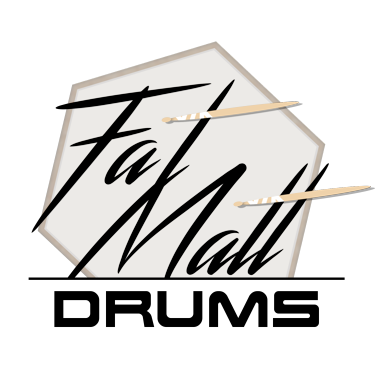Flam Placements drills the physical demands of playing flam accents (the dut-digga-dut one handed breakdown: R-rrr-R-rrr-), but instead of spending a bunch of time adding various pieces of the rudiment to this one handed breakdown, you will be moving an accent around within this pattern in order to build a command over grace-note placement. This change in priorities elevates the “dut digga dut”-style exercise into something that more effectively builds grace-note control and encourages the correct application of multiple heights.
The first pattern (meas. 1 & 5) works the common “taps before a flam” motif, while also hitting the one-handed breakdown of flam accents. The second pattern (meas. 2 & 6) works on the tap-flam-tap motif that happens within flam accents. The third pattern (meas. 3 & 7) works the common “taps after a flam” motif, while also hitting the one-handed breakdown of flam accents. You are challenged to perform a consistent one-handed breakdown while subtly changing the timing of the taps in order to correctly assign each of the three low strokes an appropriate role as a true tap or as the grace note of a flam. This additional demand will force you to improve your awareness of grace-note timing, and the extra attention you have to pay to these taps will force you to improve your height definition.
For these reasons, I will go out on a limb and say that these modifications make this “flam accent heights” exercise an even better flam accent heights exercise and a more broadly useful flams builder. For being pretty hip, pretty basic, but also unique and immensely useful, I am especially proud of this warm-up.






